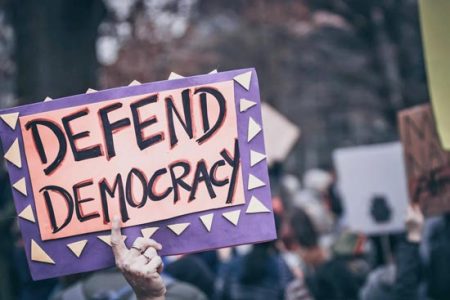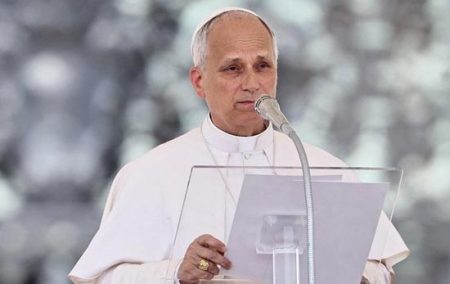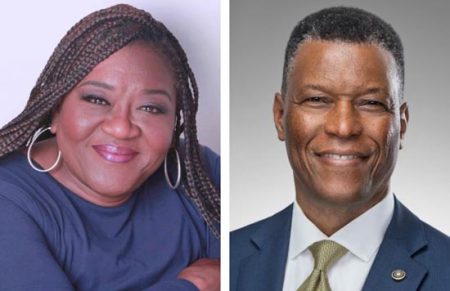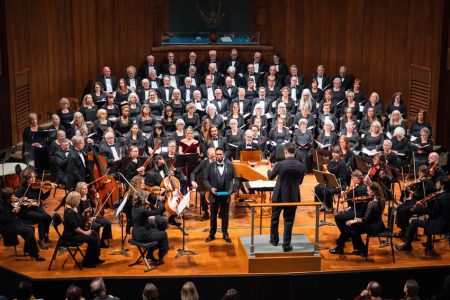What Does Public Safety Look Like?
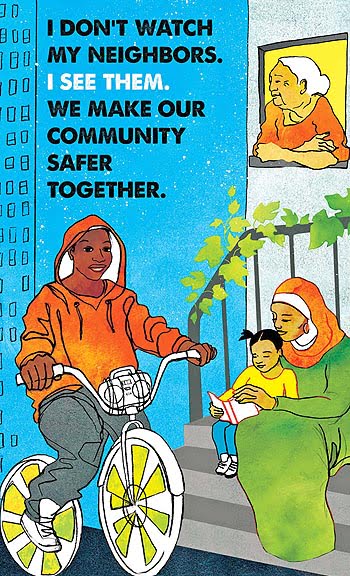 It is time for the country to address systemic problems in policing in America and spend more on what communities across the U.S. need, like housing and education.
It is time for the country to address systemic problems in policing in America and spend more on what communities across the U.S. need, like housing and education.
Groups such as MPD150 are working towards this by presenting a practical pathway for the dismantling of Police Departments. This involves the transference of its social service functions to community-based agencies and organizations; the replacement of its emergency intervention functions with models not based on military methods; and the redirection of resources to support community resilience and people-directed development.
The murder of George Floyd by the Minneapolis Police Department has shattered the commonly accepted belief that the police are a necessary cornerstone for public safety. Police abolition has become the rallying cry against racist police violence in the face of a century of failed reforms.
Plans put forward by Black Lives Matter, MPD150, and other activists
- Mental health responders to attend mental health crisis in place of armed police
- Street outreach teams, more shelters and affordable housing to help solve homelessness and stop the homeless from being criminalized
- Traffic stops to be eliminated entirely, with traffic violations dealt with via. mail
- Community members to attend domestic violence calls, to help intervene and establish long-term safety for the individuals
- Specialized physical and emotional support for victims of sexual violence
- Investing in prevention of sex trafficking to end economic and social conditions that lead to deeply rooted vulnerabilities
- The legalization of marijuana to stop incarceration for the ‘harmless’ drug
- Better handling of drug offenses to stop ‘criminalizing of communities of color’
- Decriminalization of sex work and formation of an independent union to ensure individuals have insurance, child care and safety precautions
- Restorative justice (meetings between victim and offender) to be used to deal with property crimes such as theft and burglary
For many of us, especially those living in under-resourced, Black, Indigenous, and people of color communities, the police have never been helpful. In fact, they’ve been a major source of harm and violence. Many don’t even think about calling on the police for help.
If you grew up in a well-off, predominantly white suburb, how often did you interact with cops? Communities with lots of good jobs, strong schools, economies, and social safety nets are already, in some ways, living in a world without police.
What truly keeps communities safe?
There are other ways to think about “safety” than armed paramilitary forces with a proven track record of racism, brutality, and a focus on responding to harm after it’s happened rather than de-escalating or preventing it in the first place.
A world without police will still have 911. It will still have firefighters and EMTs. And across the US, there are hundreds of programs and initiatives that “help” people without police being the first point of contact.
If you experience intimate partner violence, your only option for immediate help may be to call the police, even though an arrest may not do enough to get you out of your dangerous situation and keep you safe in the future. What if instead you could text a number and meet with a trauma-informed crisis intervention specialist to begin working on a long-term plan?
Right now in the United States, police officers play a huge variety of roles: traffic enforcers, conflict mediators, first responders to mental health crises (even though many departments aren’t trained to handle such situations). Any routine police stop can escalate to violence, whether fueled by the department’s militarization or internal issues of racism and bias. A future with fewer police would prioritize public safety by funding alternatives to these interactions with police.
Someone is behaving erratically and in harm’s way,” another reads. “Imagine… texting a number and an unarmed urgent responder trained in behavioral health comes within 5 minutes. An hour later that person is safe and getting the support they need. Isn’t that public safety?
What about violent crimes?
Prevention efforts will reduce the number of violent crimes. They won’t stop them all, though. As a country, we don’t need to spend $80 billion on prisons to deal with the small handful of serial killers for whom restorative justice isn’t going to work. We don’t need to spend $100 billion on police because of the fact that prevention efforts (many of which we haven’t even tried yet) aren’t able to stop 100% of all harm that human beings inflict on each other. Instead, a small, specialized class of violent crime public servants might be instituted.
How much harm is our current system stopping? How many murders, or sexual assaults, do police currently solve, much less prevent? A vast majority of perpetrators will not go to jail or prison. Redirecting resources into prevention efforts is a common sense step we can and should take that will have a real impact on people’s lives.
Learn more about abolition at https://www.mpd150.com.


